
The Ultimate Guide to Collecting Fossils: Tips and Techniques

The Ultimate Guide to Collecting Fossils: Tips and Techniques
Discover essential tips and techniques for successful fossil collecting. Enhance your skills and find your next great specimen. Read more to get started!
Why Collecting Fossils Appeals to Historians, Scientists, and Hobbyists
Fossils serve as remarkable windows into the ancient past, providing a direct connection to Earth’s extensive natural history. This aspect appeals to both amateur collectors seeking hidden treasures and academic institutions aiming to advance scientific knowledge.
The thrill of discovery and wonder fuels a vibrant community of fossil hunters, all eager to explore deep history through fossil collecting.
The exploration of prehistoric life, extinct animals, and other organisms inspires and connects enthusiasts worldwide, whether for personal collections or research.
Where and How to Legally Collect Fossils
Not all fossil sites are accessible, as some are protected under federal or international laws.
Anyone interested in fossil collecting must understand the regulations governing fossil sites and the permissions required for private land.
Legal fossil collecting in the U.S.
In the United States, fossil collecting is subject to various laws that depend on the type of fossil and the specific location from which it’s collected. Fossil protection laws are enacted to preserve Earth’s ancient life and history and support science research and education efforts.
Fossils are generally categorized into two main types: vertebrate fossils and invertebrate fossils.
- Vertebrate fossils, which include mammals, dinosaurs, and any creature with bones, often require a permit due to their scarcity and scientific value.
- In contrast, invertebrate fossils—like trilobites and ammonites—can usually be collected on private land with permission, while collection on federal lands is more restricted.
Fossils that cannot be collected
Certain fossils are strictly prohibited from being collected to protect the environment and scientific integrity.
For instance, fossils in national parks and federally protected paleontological specimens, including non-fossilized remains, cannot be collected. This restriction extends to vertebrates such as birds, dinosaurs, and mammals, with regulations varying based on location.
For example, the Bureau of Land Management (BLM) issues permits for specific fossil collection, while the National Park Service (NPS) prohibits any fossil collecting to safeguard park ecosystems.
Collecting on private land
When collecting fossils on private land, collectors generally have more flexibility, especially with invertebrate fossils such as corals, trilobites, and fossil shells, provided they obtain permission from the landowner.
Other collectibles include petrified wood and leaf impressions, which are categorized as plant fossils. These can also be picked up with appropriate consent. Collectors on public lands should recognize that collecting vertebrate fossils typically requires a research permit.
International regulations for fossil collecting
Canada
In Canada, fossil collecting laws vary based on federal regulations and specific provincial or territorial rules. National and provincial parks, much like their U.S. counterparts, do not permit fossil collecting, and First Nations land has its own set of regulations.
United Kingdom
In the United Kingdom, collecting policies differ by location, with specific areas classified as Sites of Special Scientific Interest (SSSIs) being restricted. Collectors should thoroughly research the regulations pertinent to the specific site and consult relevant resources to ensure compliant collecting practices.
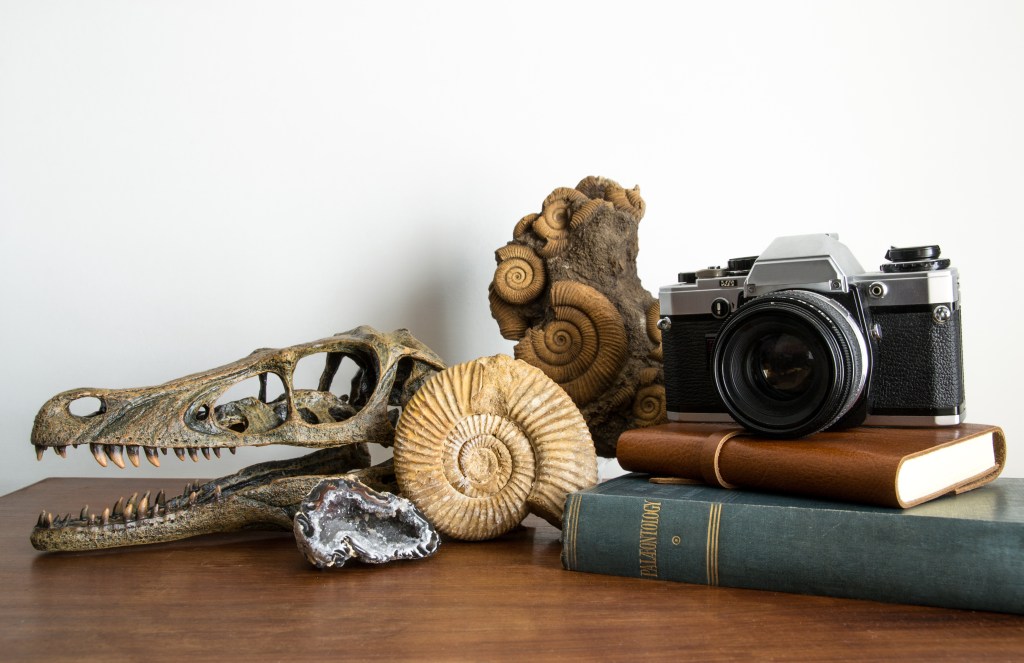
Beginner Tips for Starting a Fossil Collection
From identifying common fossil types to selecting entry-level tools, this section provides practical steps for newcomers to enter the hobby confidently.
Common fossil types
Fossil identification is essential for any beginner in fossil collecting.
Common fossil types include fossil bones, teeth, fossil plants, shells, and trace fossils. Fossils can be categorized into vertebrate fossils, which include mammals, and invertebrate fossils. By familiarizing yourself with these types, you will better identify what you’re looking for during your excursions.
Research and regulations
Before you head out to collect fossils, it’s important to know what you can and cannot collect in your area. Research is key, and several reputable websites offer valuable information.
The Paleontological Research Institution, the National Parks Service guide, and the Bureau of Land Management (BLM) offer valuable resources. Always stay informed about local regulations to ensure a responsible and legal collecting experience.
Entry-level tools
As a beginner, having the right tools can significantly improve your fossil-collecting efforts. Essential tools include a rock hammer, an identification guide, and eye protection.
If you plan to excavate, make sure to check local guidelines regarding the use of certain tools and materials, as some power tools may be prohibited. Being equipped with the right tools will enhance your collecting experience and keep you safe.
Additional tips
Consider visiting museum collections to deepen your understanding of fossil collecting and geology. Museums often provide exhibits on geological time, natural history, and other related topics that can enrich your knowledge and appreciation of fossils.
This research is an educational resource and an inspiration for your own collecting endeavors.
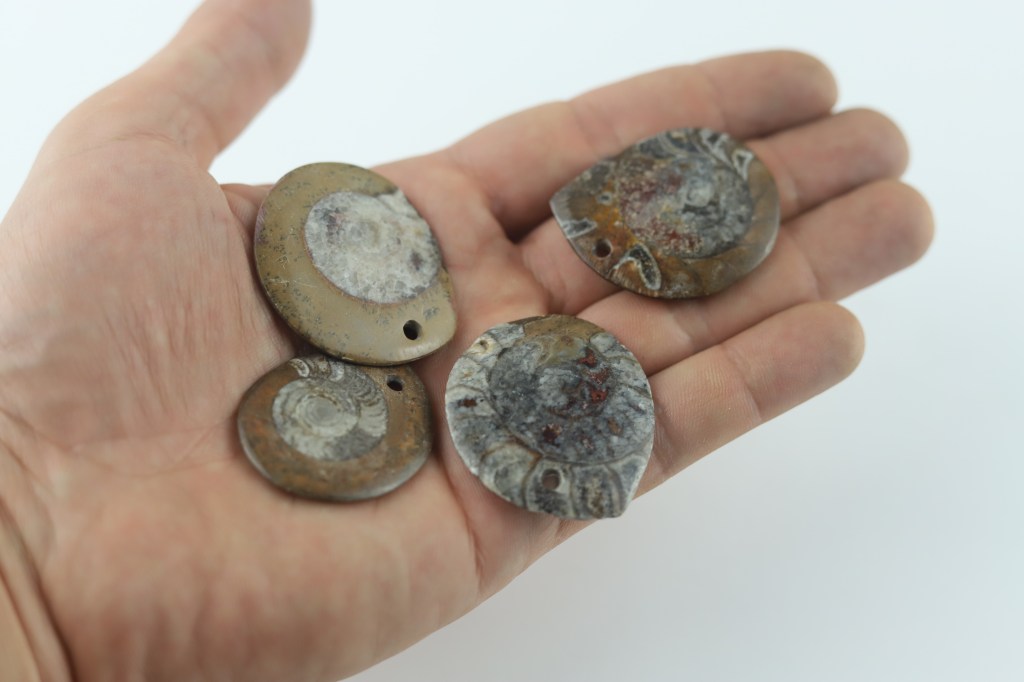
Buying Fossils Online: How to Avoid Fakes and Scams
Purchasing fossils online opens up access to global markets, allowing collectors and enthusiasts to find unique pieces that may not be available locally.
However, while the online marketplace is full of good finds, it also presents challenges related to the authenticity and legality of the fossils being sold. It’s crucial to be aware of these risks in order to make informed purchases.
Navigating risks in the market
Buying fossils online carries inherent risks, such as falling victim to fraud or purchasing misrepresented items. Since the market can include fake fossils or those that were acquired or found unethically, it’s essential to approach online purchases with caution.
Legitimate fossils can not only provide aesthetic and educational value but may also be subject to insurance coverage. However, if you unknowingly purchase a fake or illegal fossil, you could face coverage denial or other legal issues.
Ensuring the credibility of sellers
To mitigate risks, it’s important to buy from reputable markets. Researching the seller’s background, reading reviews, and ensuring their legitimacy can significantly improve your buying experience.
The best practice is to purchase from established sources, such as recognized dealers, auction houses, or galleries. These platforms are more likely to provide reliable information and ensure ethical practices.
Importance of authenticity verification
When buying fossils, it’s advisable to request a Certificate of Authenticity (COA) and other relevant documentation. This not only ensures that you are receiving a legitimate item but also provides peace of mind regarding the fossil’s origin.
Verifying the authenticity of your purchase is a critical step to protect your investment and support ethical collecting practices.
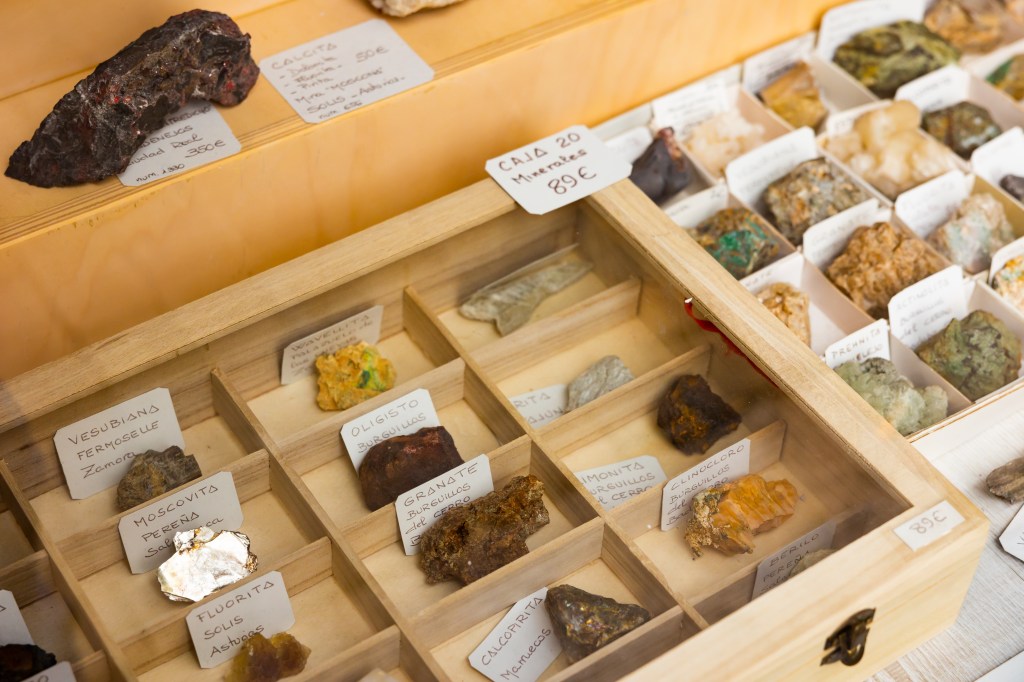
The Importance of Documenting and Cataloging Fossil Finds
Accurate documentation—including photographs, site details, and collector notes—adds scientific and market value to any specimen. This information is essential not only for insurance purposes but also for potential resale.
When it comes to fossil finds, thorough documentation plays a crucial role in determining both the fossil collection’s value and the effectiveness of fossil appraisal services.
Why documentation matters
If you decide to insure your collection, having an up-to-date catalog is vital. A comprehensive inventory ensures that you’re aware of your collection’s current market value, which is especially important if you ever decide to sell.
Moreover, having a detailed catalog and documentation enables you to substantiate the value and size of your collection for insurance claims. This is crucial for a smooth process in the event of a claim, as you will possess the necessary information to support it.
How to document your collection
The best practice for documentation is to maintain a spreadsheet organized by type of fossil, which could include fossil shells, fossil bones, or marine invertebrates, along with specific species like fish and reptiles, and age.
It’s essential to note where you acquired each specimen, the name of the seller, the purchase price, and estimated worth. Also include supporting documents (such as a Certificate of Authenticity), where it’s stored or displayed, how it’s preserved (if applicable), and other relevant collector notes.
Additionally, taking photographs of your collection and labeling them accordingly will enhance your records.
Physical records
Some collectors prefer to keep physical records in a binder; if you choose this route, ensure that you preserve the physical documents in archival-quality sleeves, folders, or binders.
An effective tip is to also scan and upload all physical records to cloud-based software, providing an additional layer of security and accessibility for your collection’s documentation.
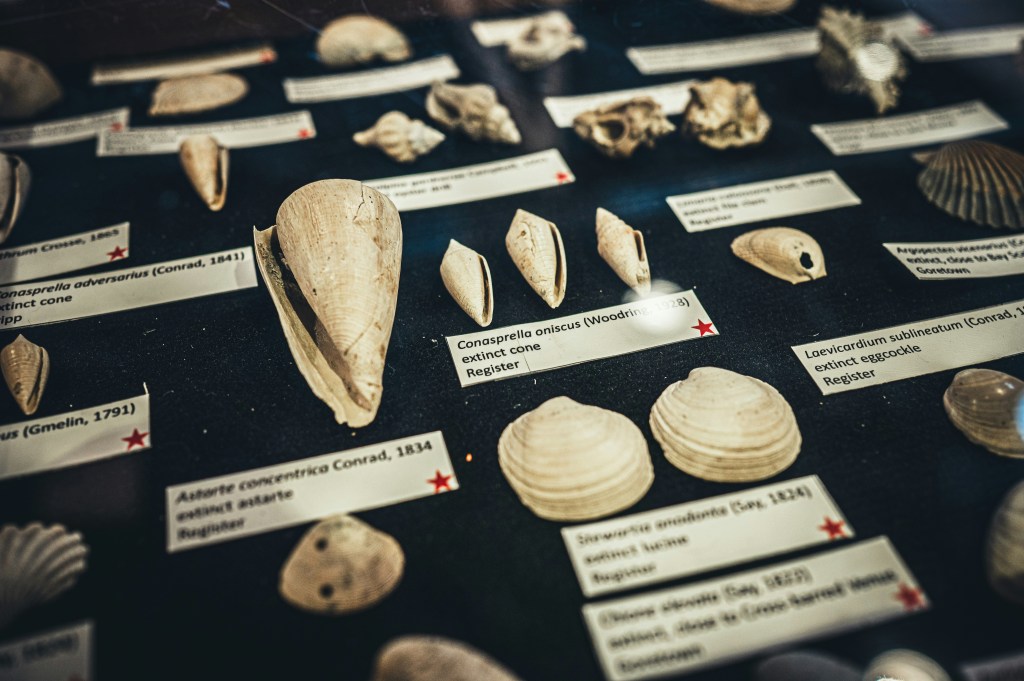
Preserving Fossil Specimens and Preventing Damage
Fossils are important for scientific study and incredibly sensitive to various environmental factors such as light, humidity, and handling. Despite their ability to withstand time, they can be fragile and may suffer damage if not treated with care.
This section outlines key methods and best practices for the conservation of fossil specimens, ensuring their longevity and integrity for future generations.
Fossil preparation
Negligence during handling can lead to irreversible damage. To mitigate this risk, always wear gloves when touching fossils to prevent the transfer of oils from your skin, which could harm the specimen.
If cleaning is necessary, opt for gentle techniques to avoid abrasion or other forms of damage.
Conservation techniques
Several effective techniques can aid in the preservation of fossils.
One method is coating and sealing, where a protective layer of polyurethane or silicone is applied to create a barrier against environmental threats.
Other methods include stabilization using epoxy, which helps reinforce the fossil structure, ensuring it remains intact during storage and display.
Storage recommendations
While we will delve deeper into storage specifics in the next section, it’s important to highlight that the environment in which you store your fossil collection is critical.
Choosing appropriate storage solutions, such as acid-free supports and storage trays, and utilizing silica gel for humidity control, can contribute to the long-term preservation.
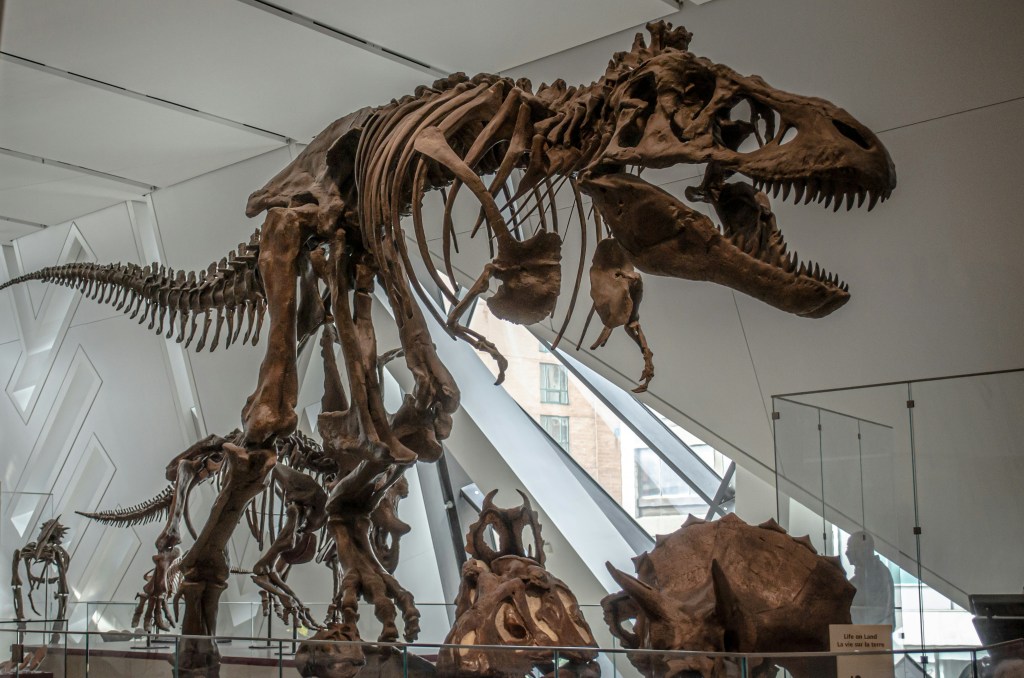
Displaying and Storing Your Fossil Collection
Whether you’re showcasing your finds or storing them in a vault, the right fossil display and storage methods protect and enhance the aesthetic and scientific appeal of your collection.
Display tips
If you prefer to showcase your fossils, it’s important to follow best practices that protect and enhance their aesthetic and scientific appeal. Display cases can be an excellent choice for keeping your fossils safe and organized.
To ensure the longevity of your collection, use archival-quality or museum-quality cases that provide UV protection to prevent any damage caused by sunlight exposure. Additionally, consider mounting your fossils using sturdy materials such as acrylic sleeves or wood.
To further protect your specimens, apply epoxy resin or adhesive putty, which can offer an extra layer of security.
Storage tips
The location where you store your fossil collection plays a crucial role in preserving their scientific and aesthetic value. It’s essential to keep your fossils in a cool, dry environment, preferably one that is temperature-controlled. Fluctuations in temperature and humidity can lead to cracks, mold, and other damaging effects, so it’s vital to monitor these conditions closely.
Avoid placing your fossil collection in areas such as floors, attics, or basements, as these locations are often susceptible to accidents and extreme temperature variations. Additionally, never store fossils in direct sunlight, as UV light can cause irreversible damage.
If you choose to keep your fossils out of display, opt for archival-quality, acid-free boxes with padding to ensure they remain secure and well-protected.
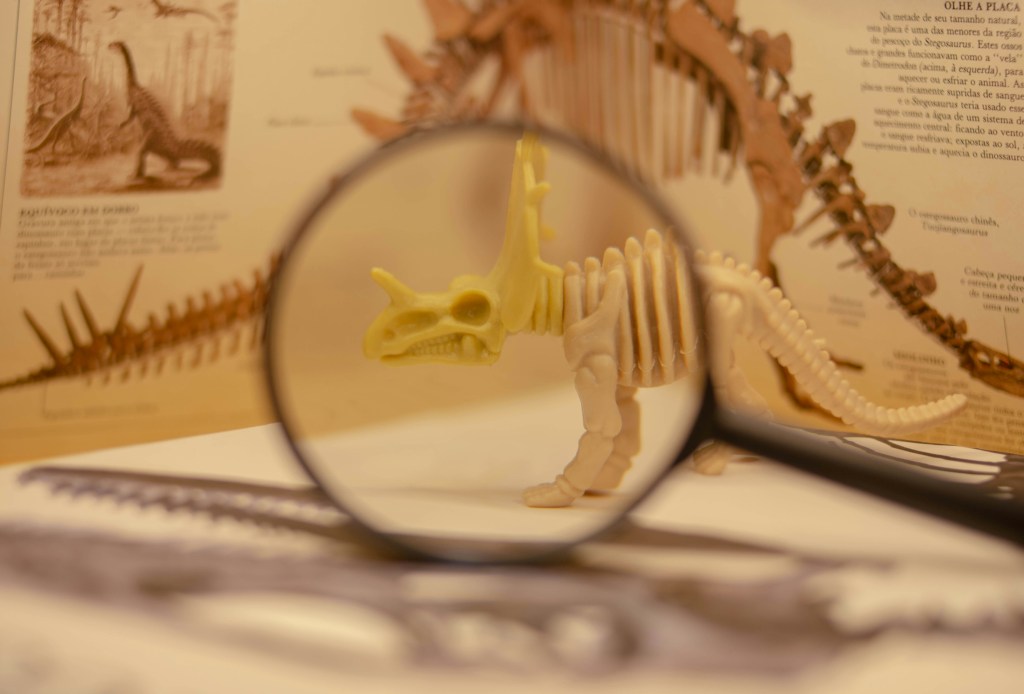
Appraising Rare Fossils: Understanding Market Value
Market value for fossils can vary significantly based on several factors, including species rarity, specimen completeness, condition, and provenance. This variability highlights the need for certified experts in fossil appraisal, who can help collectors understand the value of their high-value pieces.
The importance of appraisal services
Appraisal services play a crucial role in fossil collections. They help collectors ascertain the true worth of their items, which can significantly influence decisions related to buying, selling, or insuring fossils.
In some cases, a professional appraisal may be necessary for insurance purposes. Having accurate documentation can be invaluable in the event of loss or theft, allowing collectors to be appropriately covered based on the market value of their fossil.
Choosing the right appraisal service
When evaluating fossil collections, it is essential to select a reputable appraisal service. Look for services with positive reviews and a track record of reliability in the community.
Professional appraisers adhere to strict guidelines established by the Uniform Standard of Professional Appraisal Practice (USPAP) and IRS regulations, ensuring that their assessments are trustworthy and credible.
Additionally, be aware that the fees charged by these professionals help support the essential research required to determine the true value of fossils.
Value and insurance considerations
Understanding the value of a fossil is more than just an academic exercise; it has practical implications, particularly concerning insurance.
Accurate appraisals can help establish the market value of collections, which is critical for ensuring that collectors are adequately protected.

Insuring Your Fossil Collection: Why It Matters and How to Do It Right
Traditional insurance policies often fail to adequately cover scientific collectibles, particularly fossil collections. Collectors of rare fossils face unique challenges that standard insurance might not address, leaving these valuable items vulnerable to a variety of risks.
This is where specialty fossil collection insurance becomes essential.
Collectibles insurance
Fossil collection insurance offers tailored protection for collectors, guarding against potential threats such as theft, environmental damage, shipping loss, and accidental breakage. This coverage is crucial for owners of rare or museum-grade items, as losing or damaging them can have significant financial consequences.
Why insurance matters
Moreover, insuring fossil collections is not just about protecting financial assets; it is also about preserving history and scientific heritage. High-value fossil protection enables collectors to continue their pursuits without the constant worry of unforeseen circumstances jeopardizing their collections.
For anyone serious about their fossil collection, securing appropriate insurance is a crucial step in responsible collecting.
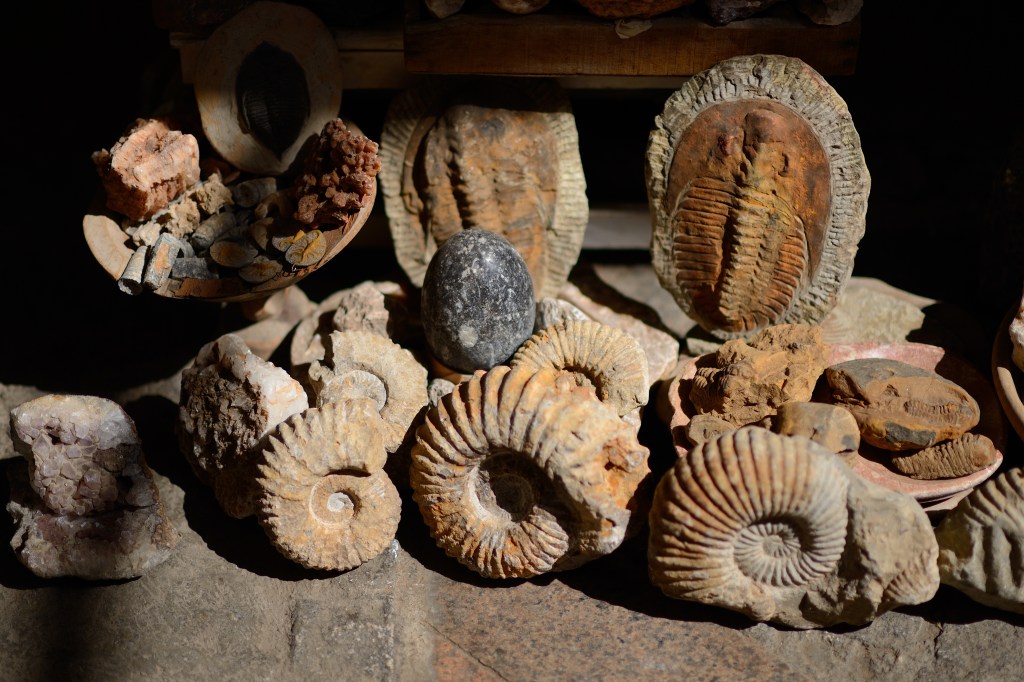
Curating a Legacy: Long-Term Goals for Serious Collectors
Beyond the thrill of the hunt, long-term collectors often aim to build educational displays, collaborate with museums, or pass down their collections.
Long-term collectors frequently aspire to create educational displays that engage the public, collaborate with museums to share their findings, or pass down their curated collections to future generations.
Essential to this process are proper documentation and storage methods, which ensure that each fossil is preserved in optimal conditions.
Additionally, having the right insurance coverage protects against potential losses, safeguarding the time and effort.
Sources
https://www.lawnow.org/bone-up-on-the-law-before-collecting-fossils/
https://www.nhm.ac.uk/discover/how-to-find-fossils-on-the-beach.html
https://geologyandfossils.com/fossil-protection-laws-what-you-can-and-cant-collect/
https://about.chubb.com/stories/want-to-collect-fossils-heres-what-to-know.html
https://www.sapiens.org/archaeology/deep-history-collecting-fossils/
https://iknowdino.com/guest-post-how-to-start-your-own-fossil-collection/
https://www.dinofossils.co.uk/collecting-fossils-a-beginners-guide-to-buying-fossils-online
https://www.buriedtreasurefossils.com/blog/post/a-guide-to-collecting-fossils-as-a-hobby-for-beginners
https://www.santacruzmuseum.org/guide-to-collecting-fossils/
https://www.floridamuseum.ufl.edu/vertpaleo/amateur-collector/preparation/
https://geologyandfossils.com/preserving-fossils-at-home-diy-tips/
About Collectibles Insurance Services
Collectibles Insurance Services has been protecting collections since 1966 and all coverage is provided by a carrier with a group rating of “A” (Excellent) by AM Best, the leading rating agency for the insurance industry.
Comprehensive coverage includes, but is not limited to: accidental breakage, burglary, fire, flood, loss in the mail, theft, natural disasters, and other causes of loss unless specifically excluded from the policy. Deductibles start at $0 for collector policies and we provide coverage for the market value of your collection for losses in excess of $50.
Additionally the protection extends At home and away, and we don't require collection itemization and serial number nor extensive paperwork and red tape.
